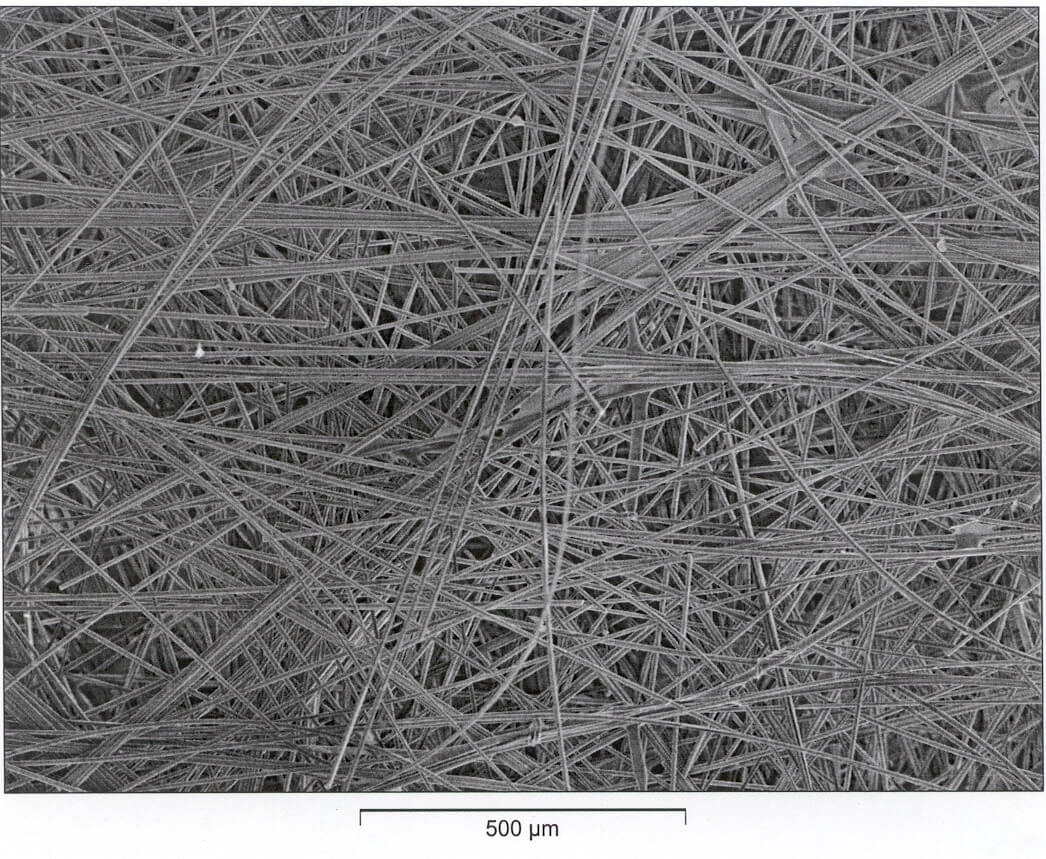Despite their remarkable advantages as semiconductors, nanowires are undisciplined and disorderly creatures.

Despite their outstanding advantages as semiconductors, nanowires are undisciplined and disordered creatures, so it is difficult to realize their full potential in the electronics and electro-optics industry. Prof. Ernesto Yuslewitz and members of his research group at the Weizmann Institute of Science discovered a way to grow nanowires of a semiconductor material horizontally on a surface, and for the first time managed to direct them to grow in orderly millimeter-long structures - 100 times longer than nanowires obtained by other methods. Semiconductors with ordered structures are the basis of most advanced technologies, and this research may lead to the development of semiconductors with improved electrical and optical properties, suitable for a wide variety of uses, such as transistors, LED devices, lasers, photovoltaic cells, and more.
The results of the study, which have just been published in the scientific journal Science, show that when the nanowires grow in balance on a stepped or grooved surface, the surface has a strong directional effect on their formation. As a result, orderly and long structures are created. In contrast, the methods used today to produce nanowires vertically across a surface lead to the creation of shorter and irregularly shaped nanowires, the quality of which falls far short of those created by the new method.
Prof. Yuslevitz, research student David Tzavion and post-doctoral researcher Mark Schwartzman from the Department of Materials and Surfaces in the Faculty of Chemistry took a sapphire crystal - the material used as a substrate for semiconductor growth - and cut it at different angles relative to the crystal plane. In this way, several patterns were created on the surface: smooth, stepped, or grooved like an accordion. They then grew on these surfaces - in balance - nanowires of a semiconductor called gallium nitride, using a method normally used to grow nanowires perpendicular to the surface. In fact, the factor that has limited the effectiveness of the use of this method so far is the difficulty of the nanowires to organize themselves in orderly structures, and the need to "harvest" the perpendicular nanowires in order to then arrange them in a balanced manner.
Prof. Yoslevitz: "We were surprised to discover that the optical and electrical properties of the nanowires we grew were at least as good as those of nanowires grown vertically - and even exceeded them, because growing semiconductors on the surface usually causes defects that harm their quality."
Although it is not yet clear exactly how the horizontal growth of the nanowires occurs, Prof. Yoslevitz and his team members believe that the ability to simultaneously control the production of high-quality nanowires and their arrangement may open the door to a variety of technological applications.
for the scientific article
